Taking inspiration from the mammalian artery, scientists in China have made a polymer capillary that deforms under light and can move liquids without an external pump.
Resembling a simple circulatory network, flow cells and microreactors are an efficient way of moving and mixing small amounts of reactants. Many argue flow cells are an effective way of performing chemistry, offering better heat transfer, mixing and yields over batch processes. But cells often require external pumps to push liquids through narrow glass capillaries.
Jiu-an Lv from Fudan University and colleagues have looked to the mammalian circulatory system to find a better way of transporting liquids in microreactors. Made from alternating muscular and elastic layers, arterial walls change shape to move blood around the body. Inspired by this, the team has created a polymer analogue that changes shape when exposed to light.
The tube walls are made from a photo-responsive liquid crystal polymer. By exposing the tube to a varying amount of light across its length, the team can push a range of liquids through the tube, including ethyl acetate, hexane and petrol. The actuator can also push liquids around bends and through a helix.
References
J Lv et al, Nature, 2016, DOI: 10.1038/nature19344


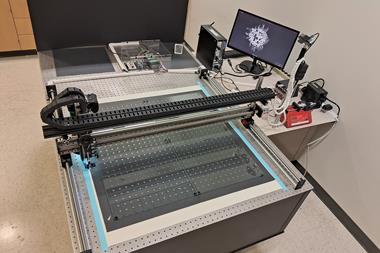




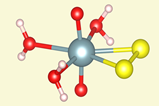


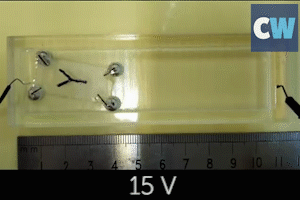
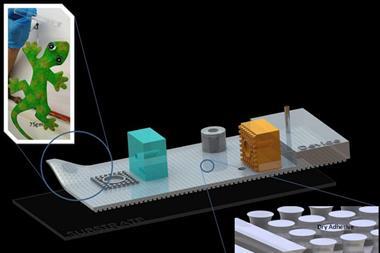
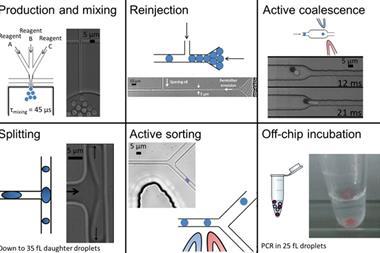














No comments yet